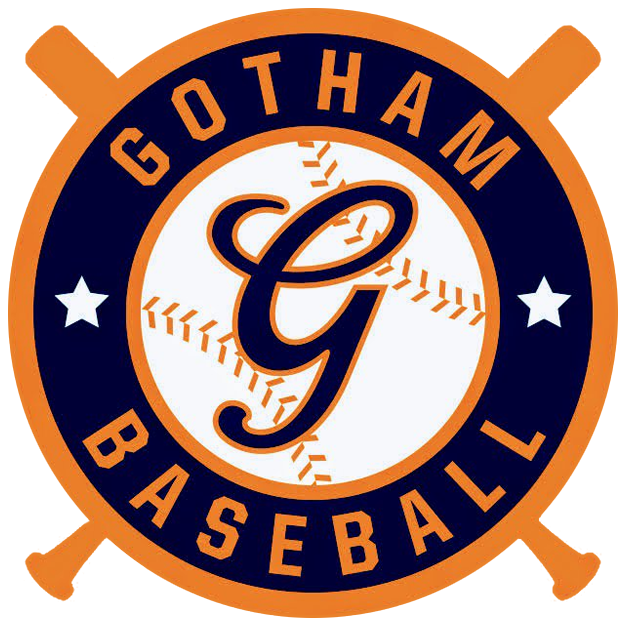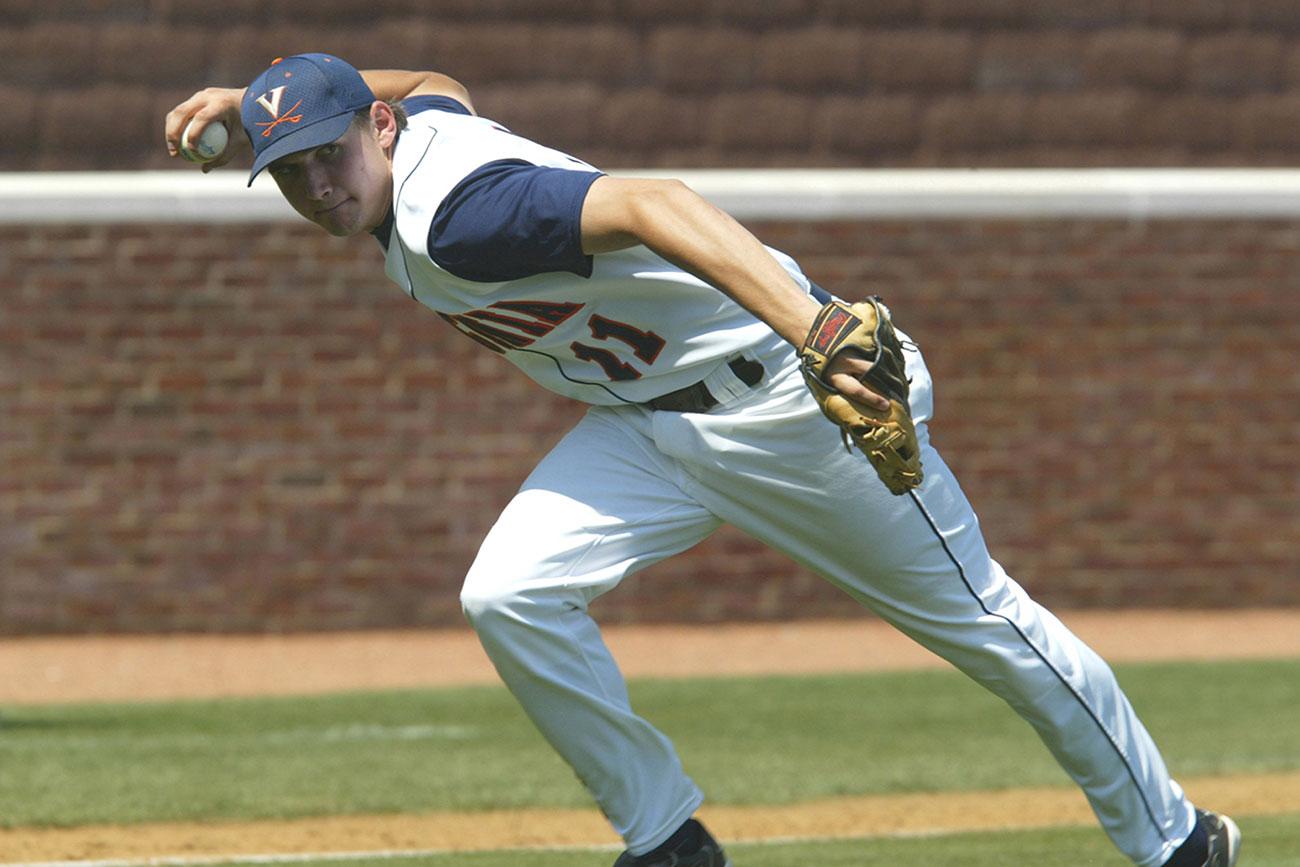It’s been a little less than two months since the Mets brought Phil Regan in to replace Dave Eiland as the team’s pitching coach. So what difference has Regan made?
When the Mets made their pitching coach swap in late-ish June, many wondered what Phil Regan could actually do to improve the team’s bullpen. To that point in the season, the word “underperformance” could have been used to describe most of the players, but none as catastrophic as the relief corps.
The job of a pitching coach can be pretty specific. They pay attention to some of the finer details of a pitcher’s approach: arm angle, consistency of the delivery, where they stand on the pitching rubber, pitch selection, etc., and suggest adjustments accordingly. So, expecting Regan to cure a full bullpen in a short period of time was a pretty ludicrous idea. At that point, the Mets looked lost without any real hope of turning things around, and trying to fix a bunch of pitchers quickly, and with any real sustainability, was likely an exercise in futility. So, Regan’s placement as pitching coach appeared to be something of a “well, someone’s gotta do it” type of move. Sure, he had the experience and sagacity to drop some knowledge on these pitchers, but what real impact could it make?
And then, a funny thing happened on the way to fourth place. Instead of trying to fix the bullpen, Regan seemed to ask, “what if we didn’t need the bullpen so much?” In other words, the goal wasn’t to have the relievers pitch better, it was to have them pitch less. By focusing on getting greater efficiency and length from the starting pitchers, long considered the Mets strength, there would not be as much exposure to their biggest weakness. From there, the hope was that Regan’s plan would trickle down to some of the members of the bullpen.
Even though Regan took over on June 21st, for argument’s sake, let’s say his real impact probably took until just after the All-Star break to be felt. For example, from May 24th through July 6th, Noah Syndergaard averaged just over 102 pitches in just under 6 innings per game. That encompasses 7 games, and Syndergaard went 7 innings in just one of them. Since July 13th, Thor has averaged just over 99 pitches in 6 games, while going at least 7 innings in all of them. Or, in simpler terms, Syndergaard has used fewer pitches to go more innings and has had better results.
It’s not just Syndergaard, either. In 3 starts prior to the All-Star break, Zack Wheeler averaged 109 pitches while only going just under 6 innings per game. While Wheeler’s first start after the break only went 5.1 innings, he was able to keep his pitch count down to 73 pitches in that game. Since then (and not coincidentally, since the trade deadline passed), Wheeler has thrown 2 games, a 7-inning gem (on 88 pitches) and an 8-inning beauty (101 pitches).
One beneficiary of the limited need to go to the bullpen has been Jeurys Familia. Sure, it’s going to be a while before fans stop holding their breath when he comes in, but so far in August, Familia has only yielded one run in 5.2 innings (6 appearances). This would be a solid run for any reliever, and it’s especially note-worthy for someone who has struggled so mightily all season.
To be sure, this is a work in progress. So far though, the results seem to be there. By focusing on getting more of out the starters, the Mets have relied less on their bullpen. If the team’s recent success is any indication, less really is a whole lot more.



